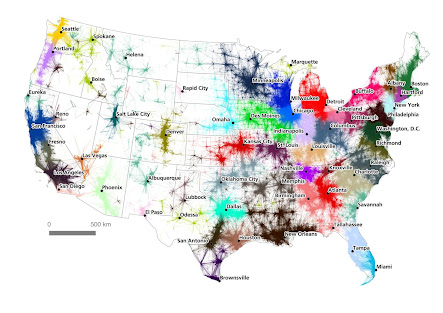Introducing our careers webinar!
Since our last post discussing the market demand for clean tech data scientists and the potentially high growth in the years ahead, we've been getting a lot of questions from our readers about jobs, careers, salaries and how to get hired. Since most of the answers are going to be longer than a single blog post, we've decided to host a webinar discussing Careers in Clean Technology and Data Science. The webinar will be held on April 26th, so please register here to reserve your spot. And if you do miss it or can't make it, don't worry! We'll host another one later in the year and in the meantime, we'll have the slides from the presentation available for download.




